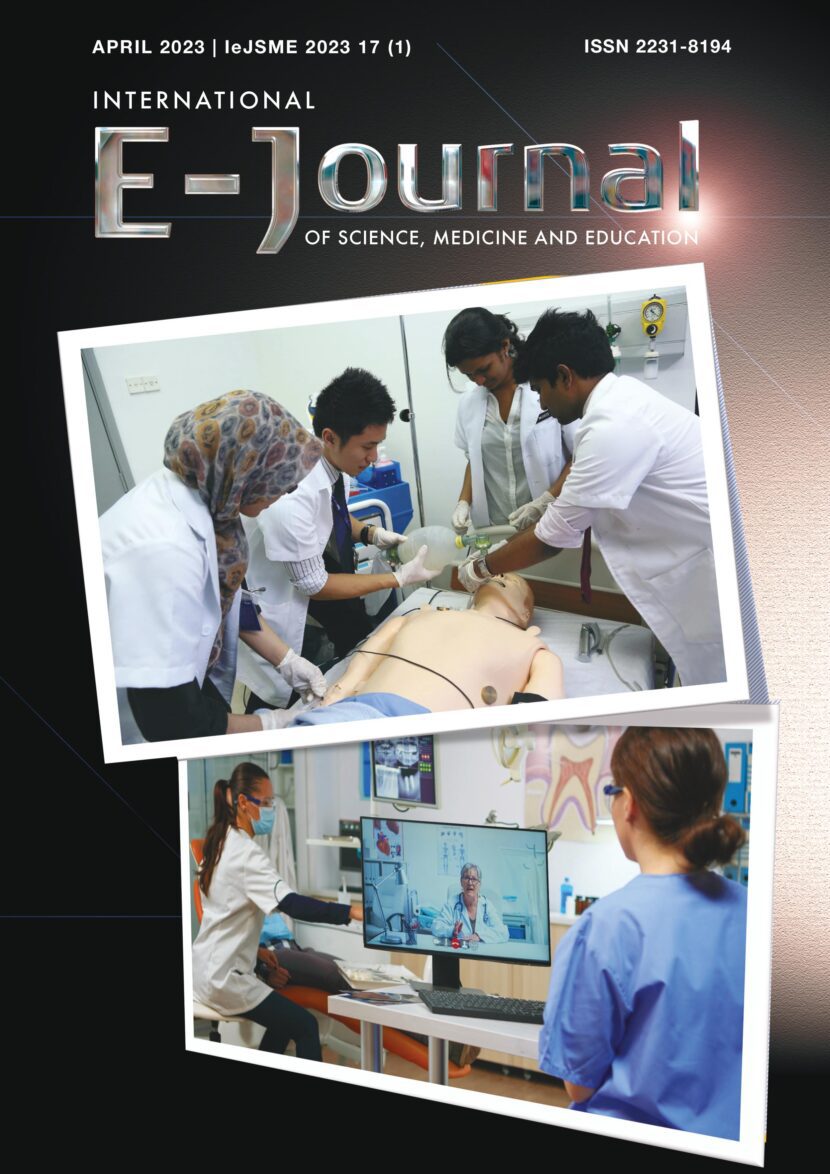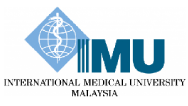Non-Hodgkin lymphoma research (excluding all B cell lymphoma) in Malaysia: A review
Authors: Kean Ghee Lim, Sunil Pazhayanur Venkateswaran, Afshan Sumera, Ismail Abdul Sattar Burud, Purushotham Krishnappa, Nabeel Ibraheem Jaafar.
ABSTRACT
Introduction: Lymphoma is a diverse group of malignant proliferations that arise as discrete tissue masses. The 5th edition of the World Health Organization classification of Tumours of Haematopoietic and Lymphoid Tissues was released on 22nd June 2022. The WHO-HAEM5 classification of Mature T and NK neoplasms is further subclassified into various categories which are detailed in this review.
Methods: A search was conducted using bibliographic databases, various repositories, and the Clinical Research Centre website retrieving journal articles, conference proceedings, book Chapters, guidelines, and thesis. The search terms used were Malaysia AND lymphoma.
Results: The search earmarked a total of 561 papers. There were nine case series retrieved from 1967 to 2022. The site, age distribution, prognostic markers, and the various subclassification of NK/T cell lymphomas were studied. The gastrointestinal tract was the commonest site for extranodal lymphomas. Prognostic markers associated were EBV, C-MYC protein and staining for CD2, CD3, CD20, CD56, and CD57 antigens. For anaplastic large cell lymphoma (ALCL), CD30 (Ki-1) and ALK antigens were noted as important. The use of 18F-Fluorodeoxyglucose (FDG) positron emission tomography-computed tomography (PETCT) has emerged as an important investigation. Various chemotherapeutic regimens, surgical interventions where necessary and autologous peripheral blood stem cell transplantation when indicated are the mainstay of treatment.
Conclusion: Research on NK/T cell lymphoma, including ALCL, has been ongoing in recent years. This review adds on to the existing literature on lymphoma in Malaysia that can lead to further research, into the diagnosis and treatment of lymphoma in Malaysia and around the world.
Keywords: Lymphoma, NK/T cell, anaplastic large cell lymphoma (ALCL), Malaysia
Citations: IeJSME 2023 17 (2): 34-52


